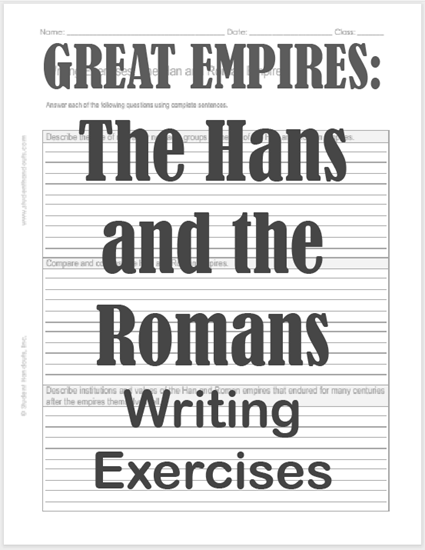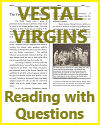The Han Dynasty and the Roman Empire were two of the most influential and powerful civilizations in antiquity, but they developed in different parts of the world and had distinct characteristics. Here is a comparison and contrast of the Han Dynasty and the Roman Empire.
Geographical Location:
- Han Dynasty: Located in East Asia, specifically in present-day China.
- Roman Empire: Centered in the Mediterranean region, with its heart in Italy and extending across Europe, North Africa, and parts of the Middle East.
Time Period:
- Han Dynasty: Generally considered to have existed from 206 B.C.E. to 220 C.E.
- Roman Empire: The Roman Republic dates back to 509 B.C.E., while the Roman Empire began with the reign of Augustus in 27 B.C.E. and continued until the fall of the Western Roman Empire in 476 C.E.
Government and Political Structure:
- Han Dynasty: A centralized bureaucratic system with an emperor at the top. It had a complex civil service examination system that promoted officials based on merit.
- Roman Empire: Initially a republic with elected officials, but it transitioned into an autocratic system under emperors. The Senate and various provincial governors played significant roles in governance.
Economy:
- Han Dynasty: Agrarian-based economy with advanced agricultural techniques. Silk production and trade along the Silk Road were significant. The government had monopolies on certain industries.
- Roman Empire: A diverse economy with agriculture, trade, mining, and manufacturing. The Roman road network facilitated trade and commerce throughout the empire.
Culture and Society:
- Han Dynasty: Confucianism was a dominant philosophy, emphasizing family, social harmony, and respect for authority. It made significant advancements in science, art, and literature.
- Roman Empire: Roman culture was heavily influenced by Greek culture. Stoicism and Epicureanism were popular philosophies. The Roman legal system was influential, and Latin was the language of administration.
Religion:
- Han Dynasty: A mix of Confucianism, Daoism, and Buddhism. Ancestor worship was also practiced.
- Roman Empire: Initially, Roman paganism was the state religion, but the empire later adopted Christianity as its official religion under Emperor Constantine.
Military.:
- Han Dynasty: The Han Dynasty had a strong military with infantry, cavalry, and advanced weaponry like crossbows.
- Roman Empire: The Roman military was well-organized and included legions of heavily armed infantry, engineering corps, and auxiliaries recruited from subject peoples.
Decline and Fall:
- Han Dynasty: The decline of the Han Dynasty was marked by corruption, political infighting, economic issues, and external invasions. It eventually split into three competing kingdoms.
- Roman Empire: The Western Roman Empire faced a combination of economic troubles, military challenges, and invasions by barbarian groups. It ultimately fell in 476 C.E.
While the Han Dynasty and the Roman Empire shared certain characteristics such as centralized governance and advanced societies, they were distinct in terms of their geographical locations, cultures, religions, and eventual declines. The Han Dynasty was centered in China and influenced by Confucianism, while the Roman Empire was located in the Mediterranean and later adopted Christianity. Both left lasting legacies that continue to influence the modern world.
|













